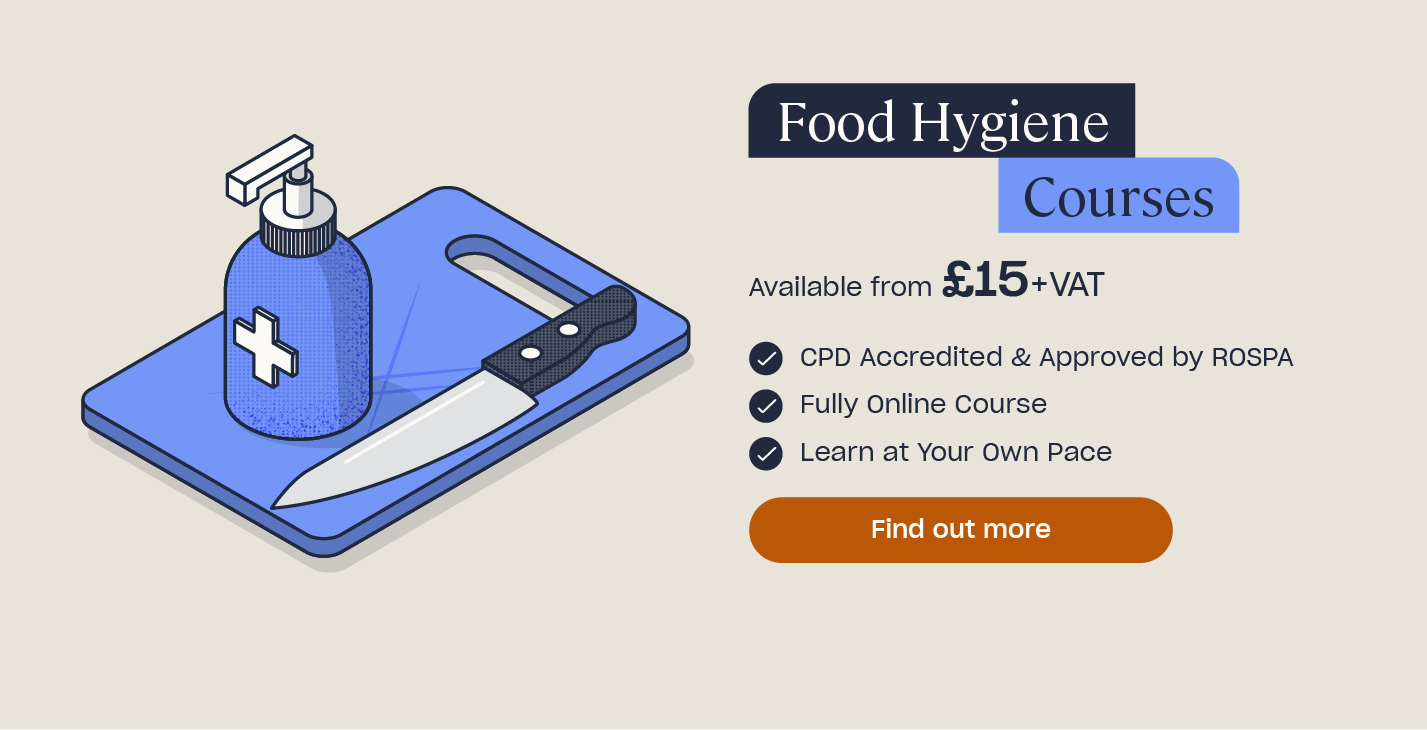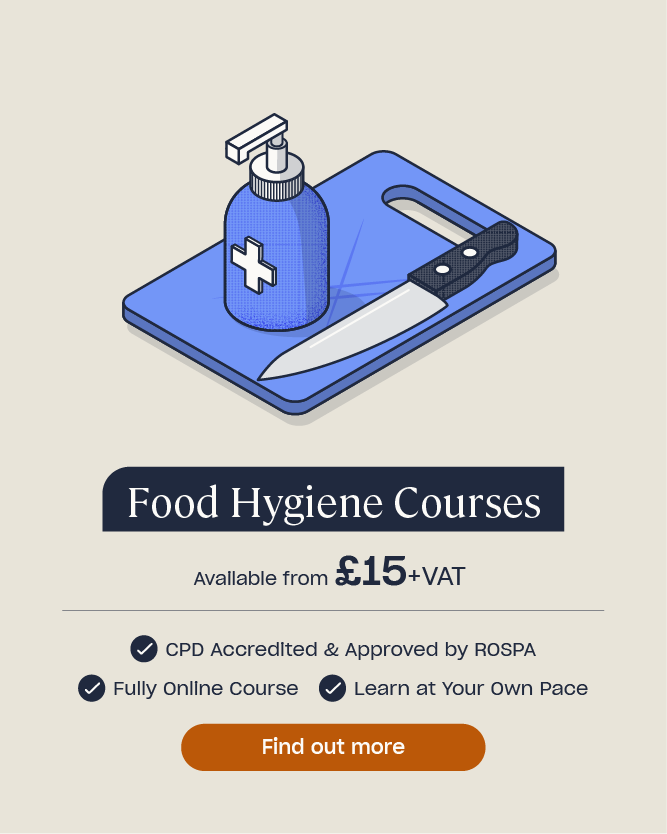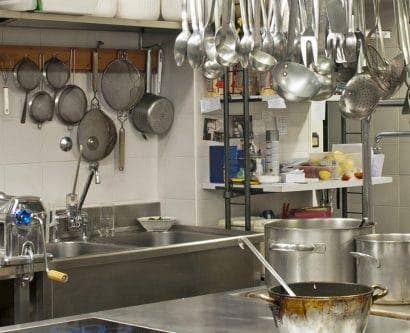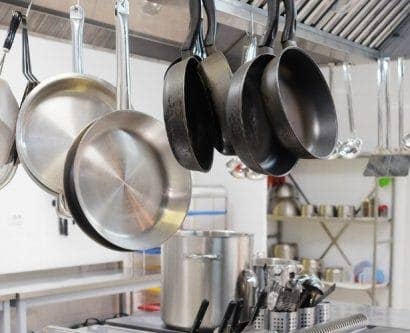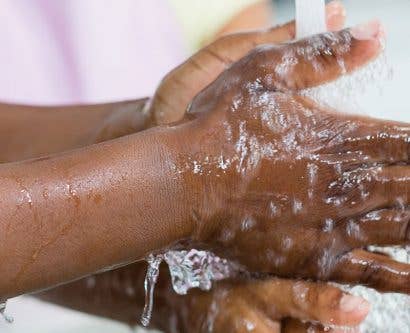How to Prevent E. coli
E. coli is a common cause of food poisoning. Whilst most strains of E. coli bacteria are harmless, some are pathogenic, meaning they can cause serious illness or even death. If you handle food as part of your work, or simply want to know more about E. coli food poisoning, then this article will help you understand more about what E. coli is, the causes of E. coli and how to prevent it from contaminating food and drink products.
What is E. coli?
E. coli – full name Escherichia Coli – is a type of bacteria that’s usually found in the intestines of humans and animals. Most strains of E. coli are harmless to people but others can cause serious gastrointestinal illness – or food poisoning. Most foodborne E.coli is caused by the strain E. coli O157.
E. coli O157 is often passed to humans through raw or undercooked meat, contaminated vegetables, contaminated water and unpasteurised milk. It can also be passed from person-to-person or from animal-to-person.
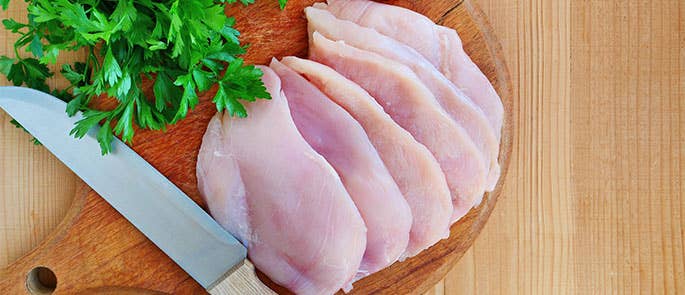
What Causes E. coli?
E. coli originates in the intestines of humans and animals – most commonly cattle – and causes food poisoning when a person consumes food or drink contaminated with the bacteria.
E. coli can be contagious and spread from person-to-person or from animal-to-person. It’s also more likely to develop on food products in the temperature danger zone, between 8 °C and 60 °C.
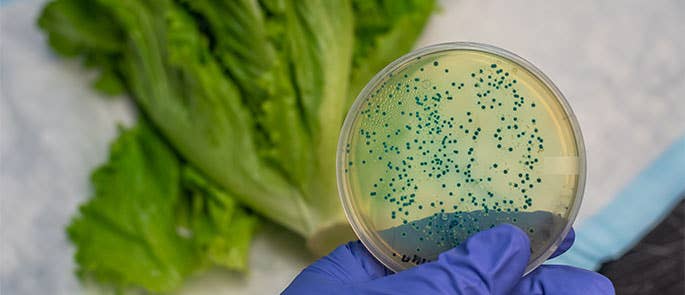
E. coli is often caused by:
- Eating contaminated food – in particular, raw vegetables, fruit, unwashed salad or undercooked meat.
- Drinking contaminated water – if the water supply has been inadequately treated, then E. coli bacteria may remain. This includes water for drinking or water used for cooking.
- Touching infected animals – cattle are particularly susceptible to E. coli bacteria and people can catch E. coli by touching them or coming into contact with their faeces.
- Touching infected people – E. coli can be spread by coming into contact with people who already have E. coli food poisoning.
- Contaminated surfaces – improper handwashing, especially after using the toilet and after handling muddy vegetables, can easily cause cross-contamination.
- Undercooked meat – specifically undercooked beef products, such as burgers.
E. coli and Food Poisoning
The type of E. coli that causes food poisoning is E. coli O157. This strain of E. coli bacteria is harmful to humans and can cause serious gastrointestinal illness if consumed.
E. coli O157 produces a toxin which causes illness. In the worst cases, this toxin can destroy red blood cells and lead to further complications, such as hemolytic-uremic syndrome (HUS) and kidney failure.
Symptoms of E. coli O157 food poisoning can emerge anytime in the fortnight after consuming contaminated food or water and include stomach cramps, diarrhoea and fever. The people most at risk from further health complications are pregnant people, young children, older adults and those with weakened immune systems.
Need a Course?
If you prepare, handle or serve food in your job, then the law requires you to be trained in food safety procedures, including how to prevent the spread of E. coli. Our range of online Food Hygiene Courses features a variety of food safety training for all industries, roles and levels.
How to Prevent E. coli
In order to prevent E. coli in food, it’s vital that you follow good food hygiene and safety practices. This applies to both in the workplace and at home. To prevent E. coli, always follow the actions below:
- Wash your hands properly – it’s essential you wash your hands before handling food, after handling raw or muddy food, after contact with animals and after using the toilet. Effective handwashing prevents cross-contamination of harmful E. coli bacteria.
- Wash vegetables, salad and fruit thoroughly – before using them for cooking, ensure all fruit, vegetables and salad ingredients are washed in clean water to remove any soil debris, which may contain E. coli bacteria.
- Keep raw meat separate from cooked food – raw meat, particularly poultry, must be handled and stored away from other food products. Always wash your hands and utensils after handling raw meat and ensure it’s stored in a sealed container, ideally at the bottom shelf of the fridge.
- Cook food thoroughly – in particular meat and eggs. Food must reach a core temperature of at least 70 °C in order to kill any E. coli bacteria on it. Thorough cooking ensures harmful food poisoning bacteria are destroyed.
- Store food correctly – chilling cooked food to below 8 °C as soon as possible after cooking – ideally within 90 minutes – will reduce the amount of time E. coli bacteria has to develop.
- Avoid unpasteurised or untreated liquids – such as raw milk, juices and untreated water. The pasteurisation process used for milks and juices kills off harmful bacteria, as does the treatment done to tap and bottled water.
- Keep your kitchen clean – to prevent cross-contamination, ensure all surfaces and utensils are washed between uses, including chopping boards, knives and pans. In the home, remember to clean your reusable shopping bags too.
- Pay attention to use by dates – the use by date on a food product indicates when the food becomes no longer safe to eat. You should not eat, cook or freeze food if the use by date has passed, even if you think it looks fine, as harmful E. coli bacteria cannot be seen or smelled.
- Defrost foods safely – always defrost food, especially meat, in the fridge to ensure it never reaches room temperature and remains chilled at all times. Never defrost meat on the counter or cook it when partially defrosted.
- Never prepare or handle food if you’re ill – if you’re unwell with any of the symptoms of food poisoning, such as diarrhoea or stomach cramps, then you must not handle food as you risk transferring food poisoning bacteria from yourself to the food.
E. coli O157 is a harmful strain of bacteria that causes food poisoning, which is why it’s so important to control when handling food. You can work to prevent E. coli bacteria in food by following strict personal hygiene and food safety practices at all times, as these will help to stop the spread of E. coli through cross contamination.


